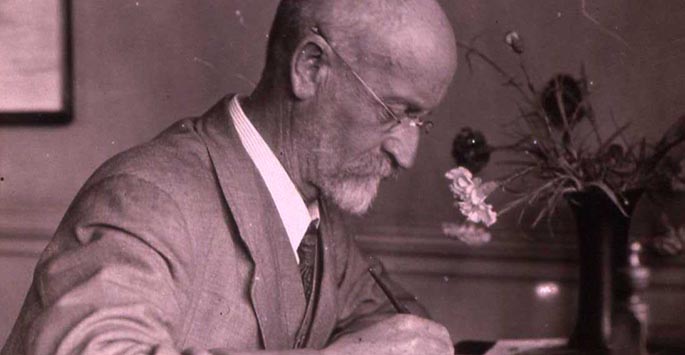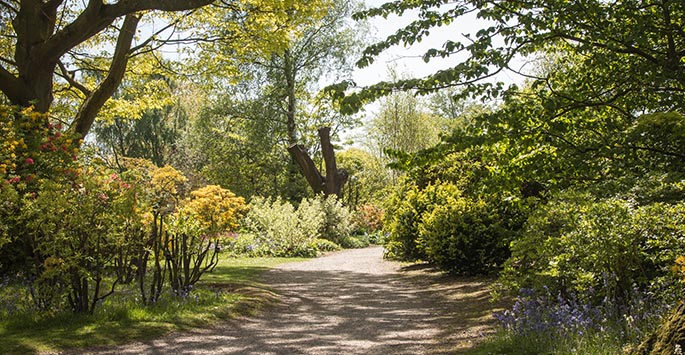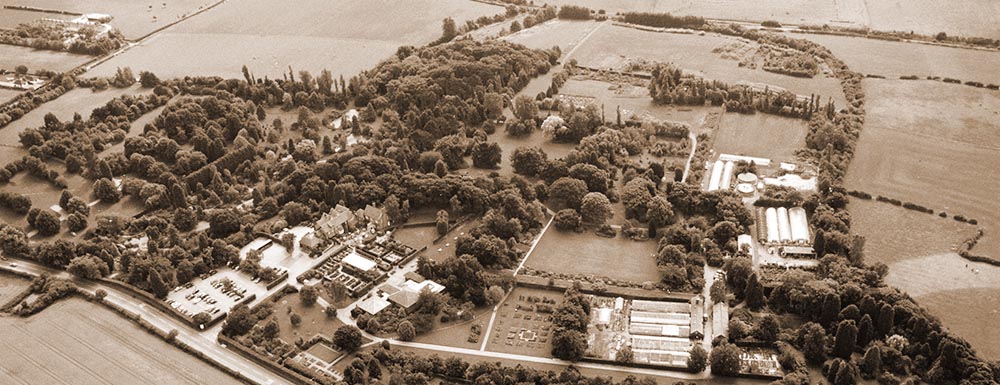Arthur Kiplin Bulley: the origins of Ness
Arthur Kilpin Bulley, one of the greatest sponsors of plant collectors in the 20th century, not only laid the foundations of Ness Botanic Gardens but changed the face of British gardening.

Born in 1861, Bulley developed a deep interest in plants, particularly the hardier varieties and Alpine species. In 1898, Bulley bought farmland in Ness which he would go on to develop into a family home, house and garden.
That home, Mickwell Brow, can still be seen at Ness and now houses office spaces and two event spaces. When buying the land, Bulley was looking for the perfect location to develop a larger garden and, as a committed socialist, Bulley wanted to open his garden – at least in part – to the public.
In the early 1900s, Arthur Bulley sponsored plant hunters, such as George Forrest, to undertake overseas expeditions to look for plants that would be new to British gardens. This was for a commercial seed and plant nursery he established in the potting sheds at Ness.
After many happy years at Ness, Arthur Bulley passed away peacefully in 1942. In 1948, his daughter Lois, gifted the garden to the University of Liverpool in order to secure its future and continue her father’s love of horticulture.
The Declaration of Trust between Lois and the University of Liverpool required that the University "maintain and keep [Ness] forever as a public park and flower garden."
The University of Liverpool: the evolution of Ness
In 1957, the University appointed Ken Hulme as Director and, for the next 32 years, Ken lived and worked at Ness, with his family. Ken was devoted to transforming the gardens into an attraction of importance and, as a skilled plantsman, Hulme guided the expansion of the gardens from Bulley’s original 30 acres to the 64 acres being cared for by the team today.
Notable developments in Hulme’s time include the redesign of both the Rock Garden and Pine Wood. In addition, Hulme oversaw the planting of many important trees including the beginnings of a comprehensive collection of sorbus and betula, a collection that has been developed in more recent years by Hugh McAllister.

Today, the commitment to maintain and develop the beauty of the Gardens remains, and there remains an emphasis on welcoming visitors, education, research and conservation, reflecting Arthur Bulley's original interests.
View a timeline of the heritage of Ness Botanic Gardens
Back to: Ness Botanic Gardens
